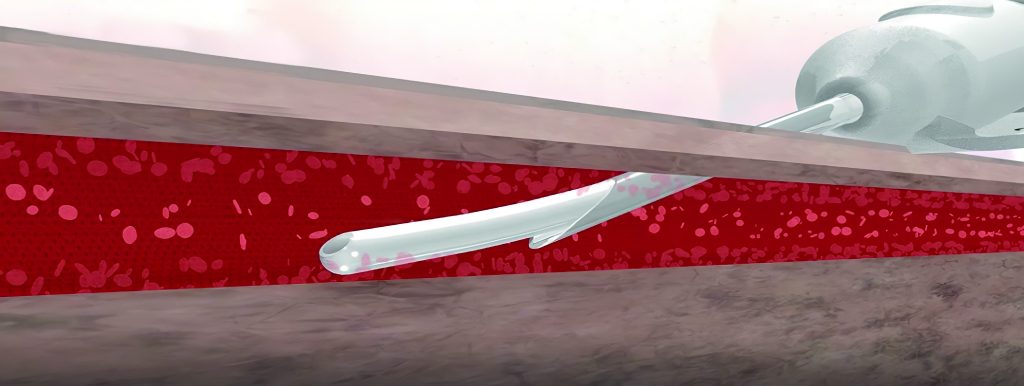Michael Anstett is an accomplished clinician, corporate executive, armed services veteran, and entrepreneur. Michael’s clinical career spans nearly 30 years.
Starting his career as US Army Combat Medic, he went on to receive his nursing degree 1994 and became a board-certified in infusion therapy and vascular access. He was the nurse manager over vascular access at a level one trauma center in Tampa, FL.
In 2005, Michael founded his private practice Professional Infusion Consultants, Inc. which later sold in 2012. He then served as the Director of Clinical Operations at Medical Components, Inc. where he supported all aspects of the company’s business including R&D of new products, business development, clinical education, regulatory.
Michael is named on multiple medical device patents. He is a member and strong supporter of the Association for Vascular Access (AVA) and has lectured at both local and national AVA conventions. Michael is published in JAVA 2003 and won clinical manuscript for that year.
He is the Founder of SkyDance Vascular, Inc. and the inventor of the Osprey vascular access device.










